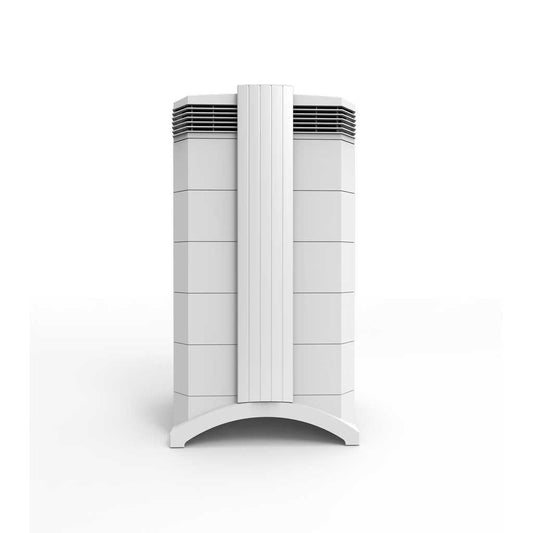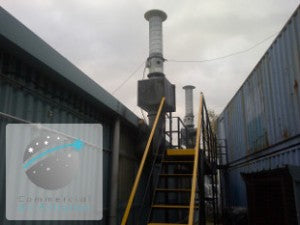
COSHH Regulations
COSHH (Control of Substances Hazardous to Health) is the law that requires employers to control hazardous substances so they do not cause ill health. The third biggest source of all air pollution is the workplace.
Each employer is responsible for taking effective measures to control exposure to dust, fumes and other airborne contaminants to protect employee health. Major changes in working practises or buildings can be avoided as a self-contained high performance air filtration unit at the source of the contamination will often provide an excellent solution.
Contact us today for expert advice: 0203 176 0524






